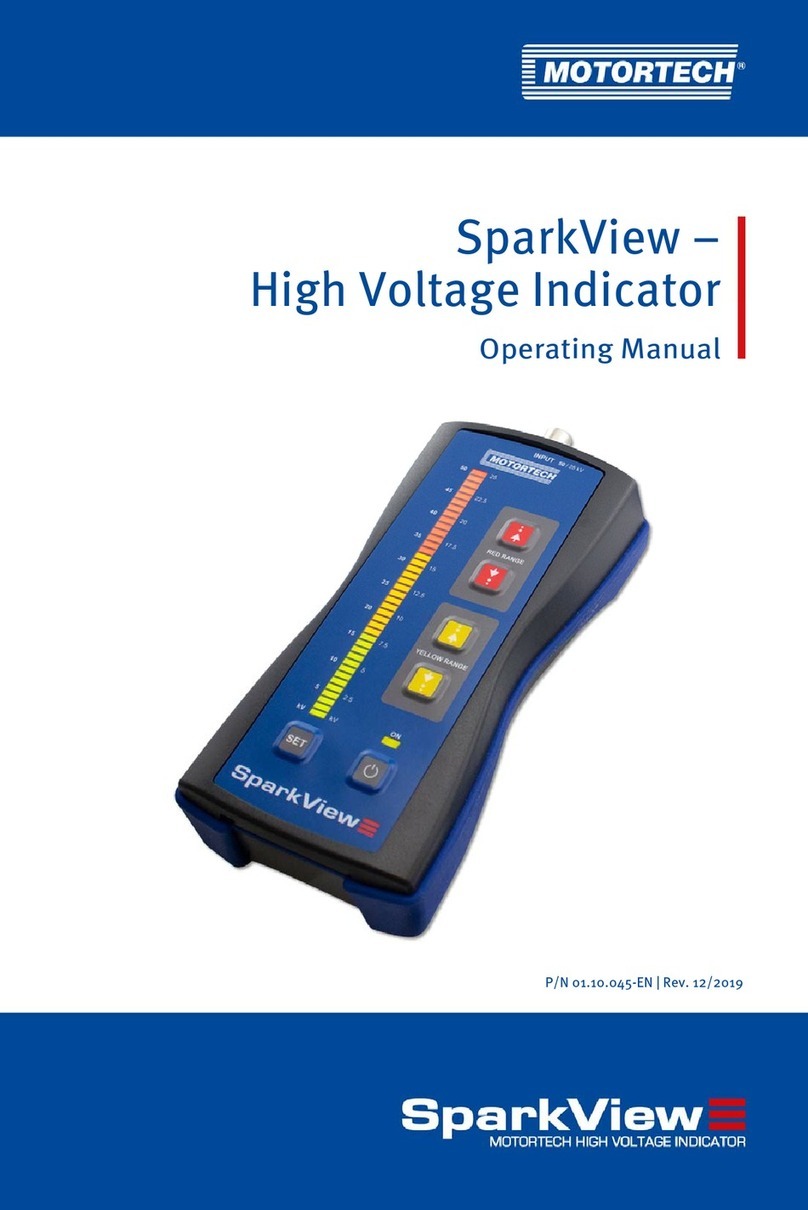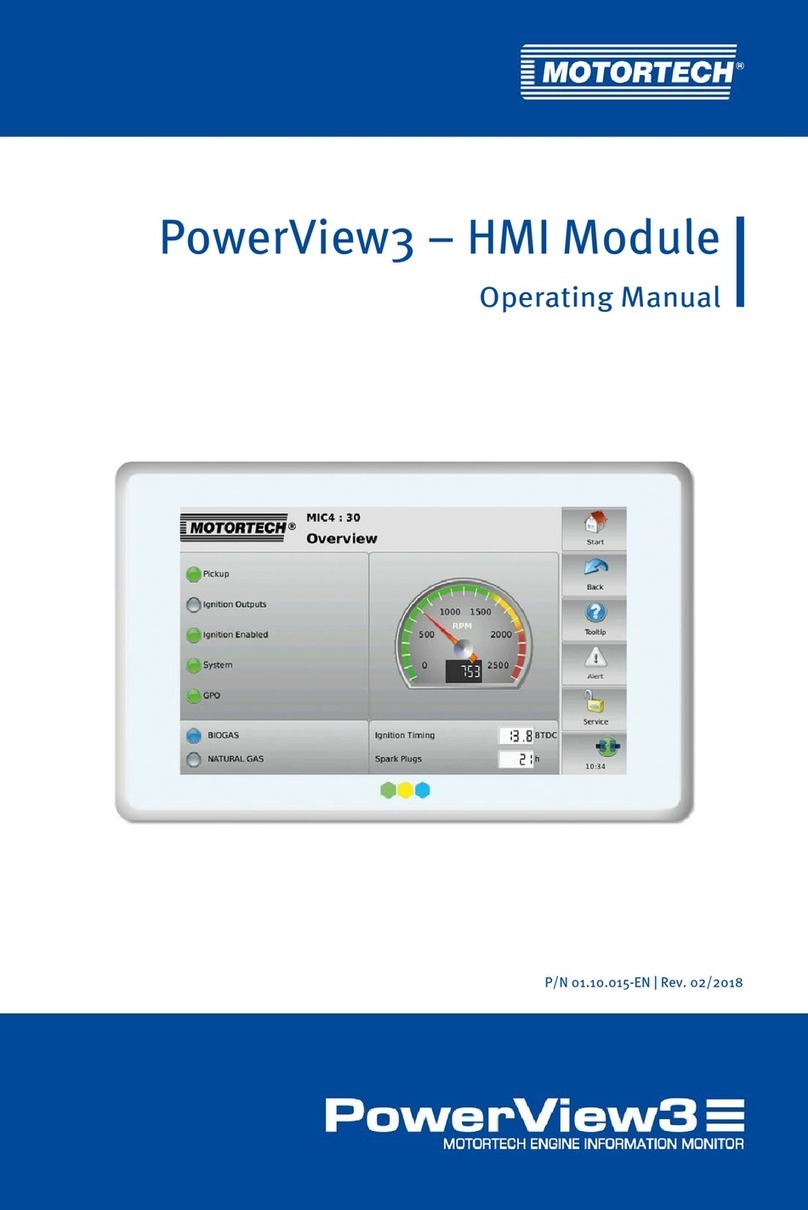
Table of Contents
Rev. 06/2021 5
7.2.10 Bit Rate CAN Bus Module .................................................................................. 67
7.2.11 Device Setup EasyNOₓ.......................................................................................67
7.3 CAN Bus Wiring CAN1 ............................................................................................ 67
7.4 I/O Communication Module...................................................................................69
7.4.1 Assignment .......................................................................................................70
7.4.2 Wiring of Power Supply ...................................................................................... 72
7.4.3 CAN Bus Wiring, CAN Bus Termination................................................................. 72
7.4.4 Wiring of Inputs and Outputs .............................................................................. 72
7.4.5 Device Setup EasyNOₓ........................................................................................ 73
8 General Operation .....................................................................................................74
8.1 Switching on and off the Device.............................................................................74
8.2 Navigation ........................................................................................................... 74
8.3 Menu Bar.............................................................................................................76
8.4 Start Menu...........................................................................................................78
8.4.1 Devices .............................................................................................................80
8.4.1.1 Device Activation.............................................................................................82
8.4.1.2 Adding a Device ..............................................................................................83
8.4.1.3 Editing a Device ..............................................................................................86
8.4.1.4 Deleting a Device ............................................................................................86
8.4.2 Display .............................................................................................................86
8.4.3 Connection .......................................................................................................90
8.5 Access Control ..................................................................................................... 91
8.5.1 Enabling/Disabling Access Control .....................................................................92
8.5.2 Logging in and Logging out ................................................................................94
8.5.3 Changing the PIN...............................................................................................95
8.5.4 Resetting the PINs .............................................................................................95
8.6 Event Log............................................................................................................. 97
8.7 Help ....................................................................................................................98
9 Devices..................................................................................................................... 99
9.1 NOₓMonitor..........................................................................................................99
9.1.1 Main Menu....................................................................................................... 100
9.1.2 Overview ..........................................................................................................101
9.1.3 History ............................................................................................................ 106
9.1.4 Logbook .......................................................................................................... 108
9.1.5 Export ..............................................................................................................110
9.1.6 Preferences ......................................................................................................112
9.1.7 Operator...........................................................................................................116





























